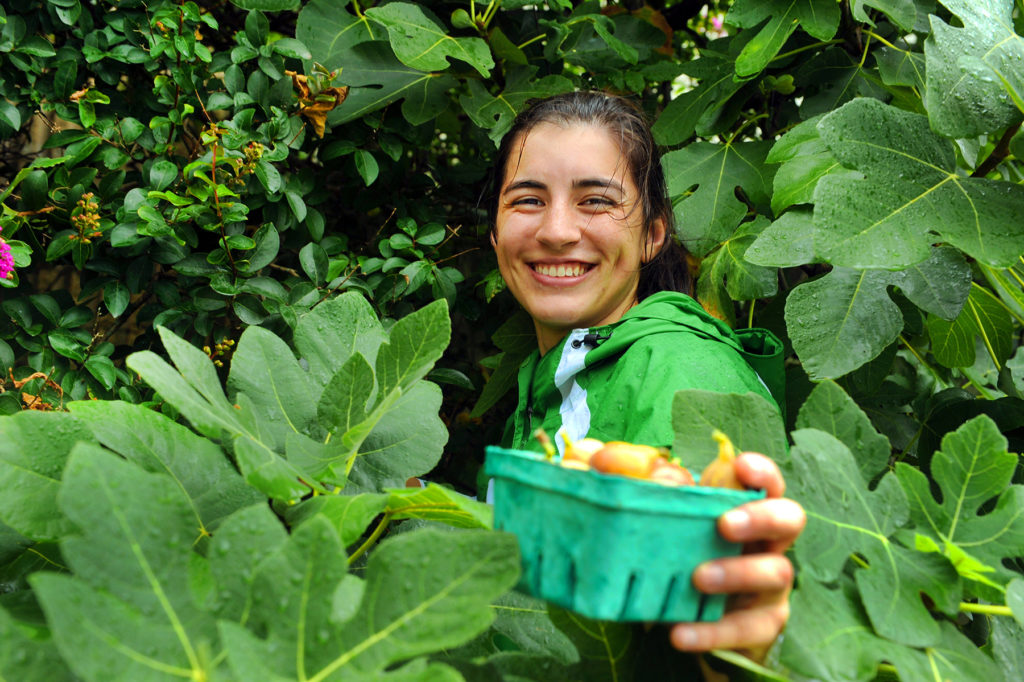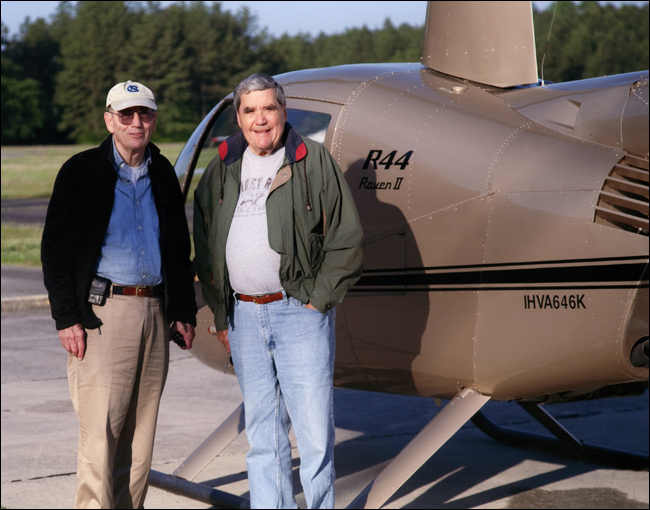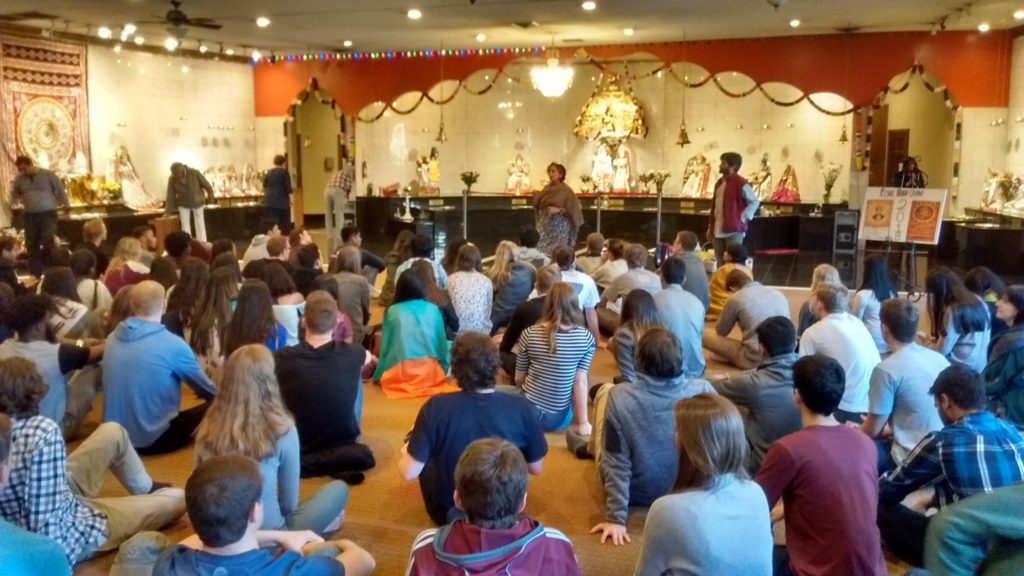If your idea of an archaeological dig features a bullwhip-toting, fedora-wearing Indiana Jones rescuing precious artifacts from greedy thieves, you might want to go easy on the movie popcorn.
Just ask Isaac Warshauer, who was working at the Wall Site dig in Hillsborough as part of the 2015 UNC Archaeological Field School on a recent muggy morning.
“It’s not swashbuckling, and it takes some effort to see the glamour in it,” said Warshauer, a 2015 archaeology graduate from UNC’s College of Arts and Sciences who plans to pursue a career in architecture. “We don’t go through booby traps to uncover things, but people had been plowing these fields for many years before anyone realized that Native Americans occupied this place. In a different way, there’s something glamorous about that.”

The Wall Site is a Native American fortified town that was occupied from the mid-15th through the 16th centuries by ancestors of the Shakori and Eno tribes on the eve of the European colonization of North America. This year marks the 75th anniversary of UNC’s Research Laboratories of Archaeology, and the RLA’s founding director held the first extensive excavation at the Wall Site in 1940. Excavations continued in 1983-84 and again in 2001-02.
UNC archaeologist Brett Riggs said the return to the Wall Site 75 years after the first major excavation is not just for commemorative purposes. The RLA has a sustained, ongoing commitment to illuminating the history of Native American communities in the Carolina Piedmont.
“What’s their trajectory? What’s their evolution over time?” Riggs said. “Native communities abandoned this region in the early 18th century, and a lot of the people moved south to take refuge with the Catawba Nation. So to trace these communities farther ahead in time, we have to look at other places. We have very real, ongoing questions here. The archaeology is the document we use to flesh out that story.”
In the latest dig, about 15 undergraduate students, two graduate teaching assistants and a handful of volunteers uncovered artifacts such as discarded animal bones, plant foods charred in cooking fires, broken pottery fragments and stones used to make tools. The site is in an overgrown field on the banks of the Eno River not far from the Hillsborough courthouse. The field school is an experiential, six-credit-hour course. Students learned the basic techniques of excavation, mapping, surveying, photography and artifact identification. The course was taught by Riggs and his colleague Stephen Davis.

UNC senior Teresa Kane said the course has given her a greater appreciation for the history and archaeology of North Carolina.
“As an English major, I’m particularly interested in writings of the South,” she said. “This is the history of the South right here in our hands.”
Perhaps you’ve heard the saying that one person’s trash is another person’s treasure? That couldn’t be more true for archaeologists, explained second-year graduate student Rosie Blewitt. Artifacts found in trash pits can tell archaeologists all kinds of information — they are a window into daily life.
“These storage pits tell us what people were eating through plant and animal bone remains,” Blewitt said. “We can use the pottery to set a chronology in time. It can also tell us about group affiliation, how people were related to one another.”
Over the years, students’ contributions have gone far beyond any one field school, Davis said.
“Probably 300 students have been involved over the years, and the research wouldn’t have been possible without their individual efforts,” he said. “I ran into an alumnus who’s an attorney in Hillsborough, and he said it was the best course he took as an undergraduate.”

Even a junior scientist or two could be found at the site. Thirteen-year-old Connor Ramaswamy, a Boy Scout from Alamance County, was working on earning his archaeology merit badge.
“I needed to get in a total of eight hours, and I didn’t want to do a fake dig,” he said. “I had my doubts at first, but then I started seeing pottery [fragments] and large animal bones.
“It’s very fun to dig things up.”
View a College Facebook album of Wall Site dig photos.
Video by Rob Holliday, story by Kim Spurr, photos by Kristen Chavez




